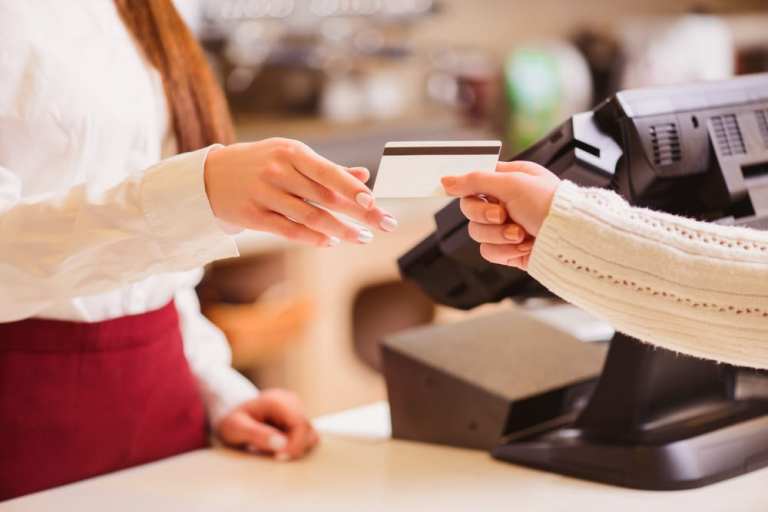
A satisfied customer is a loyal customer. Perhaps. But, then again, maybe not.
The conventional wisdom that all a merchant must do to keep customers coming into stores or clicking through sites and pulling out wallets (digital and tangible) is to keep them satisfied is conventional, yes, but not wise.
In an interview with PYMNTS, Mladen Vladic, general manager of loyalty solutions at Fidelity National Information Services (FIS), said bridging the gap between a satisfied customer and a loyal one is a matter of urgency for firms across all verticals, but especially for retailers.
He said the global economy had been marked by the emergence of new technologies and social media, eCommerce platforms and all manner of promotions delivered across smartphones and tablets.
“Retailers are under constant pressure to evolve and innovate,” he told PYMNTS, “and they have to make sure the user feels good about the whole experience on an ongoing basis.”
The engagement cycle is shortening as customers spend relatively less time searching for, choosing and buying what they want.
One way for retailers to offer a differentiating experience can be at the point of sale, said Vladic. That’s the very last point of engagement, and shopper rewards programs can transcend the payment method and traditional means of rewards points redemption.
As Vladic told PYMNTS, the days of consumers visiting websites, calling 800 numbers and waiting on hold for seven minutes, entering an alt ID phone number so they can be rewarded for spending with a plastic card are over.
That’s especially true with the continued rise of millennials, who seek instant engagement from the brands with which they interact.
For financial institutions and merchants, he said, there is a true value to be realized — if they work together to integrate their loyalty efforts and monetize their loyalty currencies in real time.
To realize that value — which benefits all stakeholders, from the merchant to the financial institution and most importantly to the consumer — he said it is crucial to abandon at least one of the ways loyalty offers have always been done.
He noted that card-linked and merchant-funded offers had been a staple of retail for more than a decade. Yet consumers are nonplussed by the friction of activating offers before they go to a store or uploading receipts after purchase is completed.
By way of contrast, he said, real-time redemption solutions let customers find out they can redeem existing points as currency for instant savings. And, he said, much of the friction is eliminated as there are no websites to visit, security questions to answer and no multi-factor ID requirements, entering phone number or apps to download — thus conquering the hurdle of what he termed “app fatigue.”
“In 2020, a typical millennial doesn’t want to go to the website/mobile app to activate the offer to walk into the store to save 5 or 7 percent,” he said. That’s just not engaging.”
The Mechanics
In terms of the mechanics of a successful point-of-sale (POS)-driven rewards program, Vladic said upon checkout (say, with the swipe of the consumer’s payment card), FIS facilitates dual authorization to the payment network to authorize transactions. At the same time, the firm will send an inquiry to the loyalty host. An inquiry is made upon recognizing the consumer as to whether they have enough loyalty currency for an offer to be presented.
“If that currency is there,” he said, “then we present them with an offer and they get to make a choice in real time.” Technology also provides a benefit as geo-fencing can help drive traffic to the store — and even push offers across email, SMS and other conduits.
For financial institutions, he said, there’s the advantage of burning off accrued liabilities at low cost, while still boosting revenues, as incremental spend across cards increases.
To create a rewards ecosystem that benefits all stakeholders — across merchants, FIs and consumers — a holistic approach is necessary, Vladic said.
The success is in the data, he said, noting that in the fuel space, for example, the average American pumps gas 1.4 times a week. Through rewards offered at the pump, the ability to monetize that currency in real time for everyday spending helps consumers with their budgets.
This is the reason why such programs have a 37 percent acceptance rate, said Vladic, and the reason 50 percent of individuals who make a redemption initially are going to make two or more redemptions in the 12 months following that first redemption.
The loyalty engagement is part of a broader consumer engagement strategy journey with brands that Vladic said has to be identified as a part of the two- to four-year strategy and then executed in phases.
“The traditional loyalty rewards model, as it exists in the financial institution space, needs some help — some evolution, if you want to call it that,” he said.